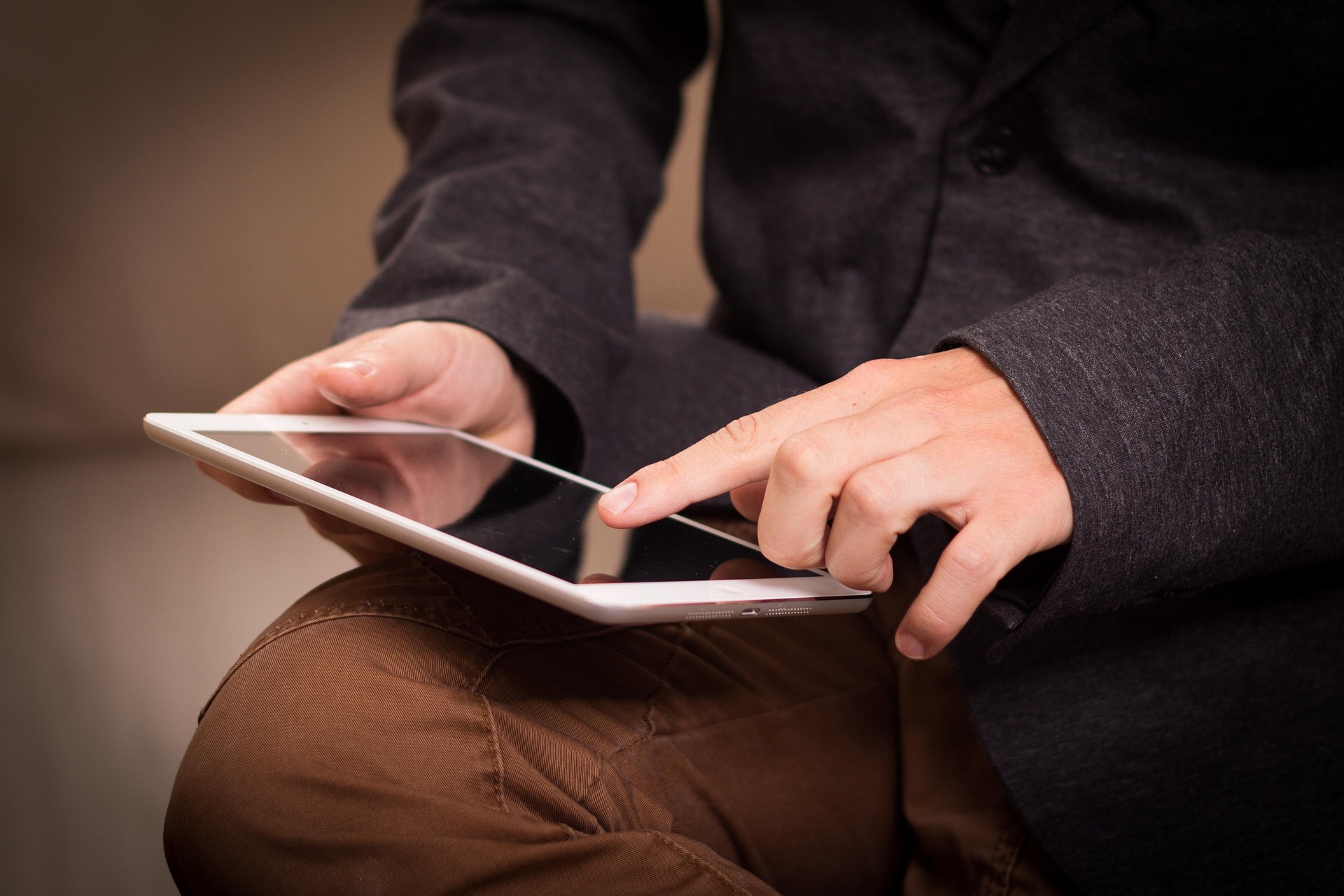Fusing Technology and Art: An Emerging Era of Digital Artistry
Thriving at the intersection of technology and creativity is the captivating world of digital artistry. This article delves into the history, current trends, and the impact of this innovative form of artistry on our cultural landscape. Digital artistry is not a new phenomenon. Its roots can be traced back to the 1960s, when artists started exploring the potential of computers as a creative tool. Early pioneers like Michael Noll and Charles Csuri used mainframe computers to create abstract patterns, laying the groundwork for future artists. Over the years, developments in technology have opened up infinite possibilities for digital creation, from digital painting and 3D modeling to interactive installations and virtual reality experiences.

The Present Day: Digital Artistry in the Modern World
Today, digital artistry is flourishing. The advent of advanced software and hardware has given artists the power to create works of unprecedented complexity and sophistication. Digital art has become a mainstream facet of the art world, with works exhibited in major galleries and museums worldwide.
One of the most notable recent developments is the emergence of NFT art. NFTs, or non-fungible tokens, are a type of digital asset that uses blockchain technology to authenticate digital artworks. This has given digital artists a new platform to sell their work, often for staggering prices. Artist Beeple made headlines in March 2021 when his digital artwork “Everydays: The First 5000 Days” sold at Christie’s for $69 million.
The Impact: Changing the Artistic Landscape
The rise of digital artistry has had a profound impact on the art world and beyond. It has democratized art production, allowing anyone with a computer and the right software to create and share their work. It has also blurred the lines between different artistic disciplines, with many digital artists incorporating elements of film, animation, music, and performance into their work.
Moreover, digital artistry has challenged traditional notions of artistic value and authenticity. In the past, the value of an artwork was often tied to its physical existence and uniqueness. Digital art, however, exists in a digital space and can be replicated perfectly. This has led to heated debates about the value and authenticity of digital art, particularly in the context of NFTs.
Looking Forward: The Future of Digital Artistry
As technology continues to evolve, so too will digital artistry. Developments in artificial intelligence and virtual reality are opening up exciting new avenues for artistic expression. We may see more artists using AI to generate art, or creating immersive VR experiences that transport viewers to fantastical digital worlds.
The rise of digital artistry marks a significant shift in our cultural landscape. As we move forward, it will be fascinating to see how artists continue to harness the power of technology to push the boundaries of creative expression.
Through the lens of digital artistry, we can see how art and technology are not separate entities, but rather intertwined strands of human innovation. It serves as a testament to the unlimited potential of human creativity in the face of ever-evolving technology. With each new development, artists are finding ways to redefine what art can be, pushing our understanding of aesthetics into the digital realm.




